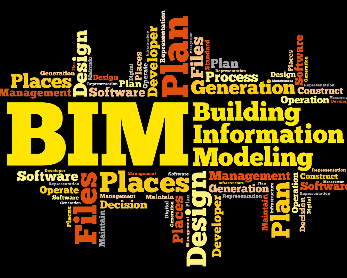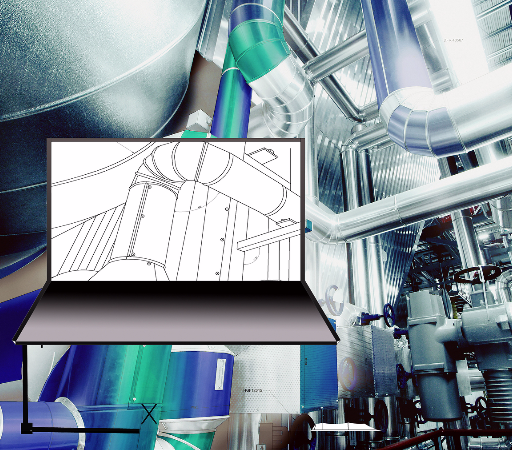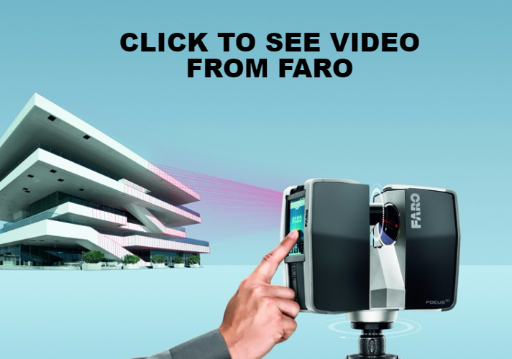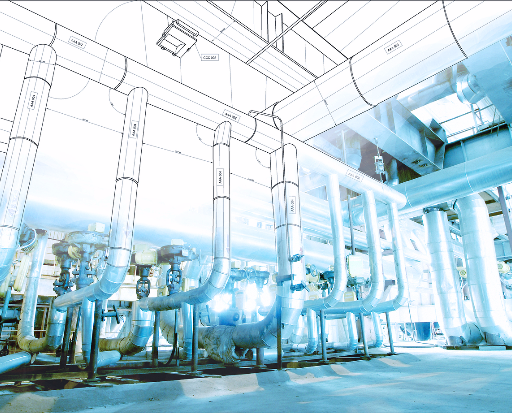JM2 uses an array of software to generate our models and information. Our main platform is REVIT 2017 with a powerful fabrication add-on. We use Revit not only for
modeling/spooling but we also use this powerful software to calculate building loads and analyze our MEP systems for maximum efficiency.
3D Scanning has been around for a while yet we are surprised that it is not used more often in our industry, especially
in the southeast. 3D scanning can be used in a variety of ways to save time and money on all sorts of projects.
What is 3D Scanning:
"3D laser scanning uses light rays to collect the 3D location of every object and surface it can “see.” The scanner automatically rotates 360 degrees on a tripod and sends and
receives lights rays in all directions. The data collected provides a near perfect 3D as-built of the existing conditions. That data can then be used by itself or modeled in a software program
to interface with BIM, such as Revit". -http://www.houriganconstruction.com/
Why 3D Scanning:
The main use for 3D Scanning today is for coordination/information sharing of existing spaces. This approach can save
time and money by granting the ability to virtually walk through the work environment. It also eliminates having to rely on pictures, field measurements, or lack there of after a site
visit.
"Gilbane has seen savings and major field safety improvements from importing laser scans into Revit models, a process that’s become a lot easier in the 2015
versions of Autodesk Revit and AutoCAD with more realistic visualizations and 3D walk-throughs available from point-clouds. Prefabrication and coordination of mechanical, electrical, and plumbing
(MEP) systems installation has saved rework money on every project Gilbane has used its scanner on. Prefabrication of ductwork and systems has eliminated field work and stopped what might have been
weeks of MEP rough-in activities."
Please follow the link below to a blog that covers the advantages of 3D Scanning for MEP.
www.lineshapespace.com




